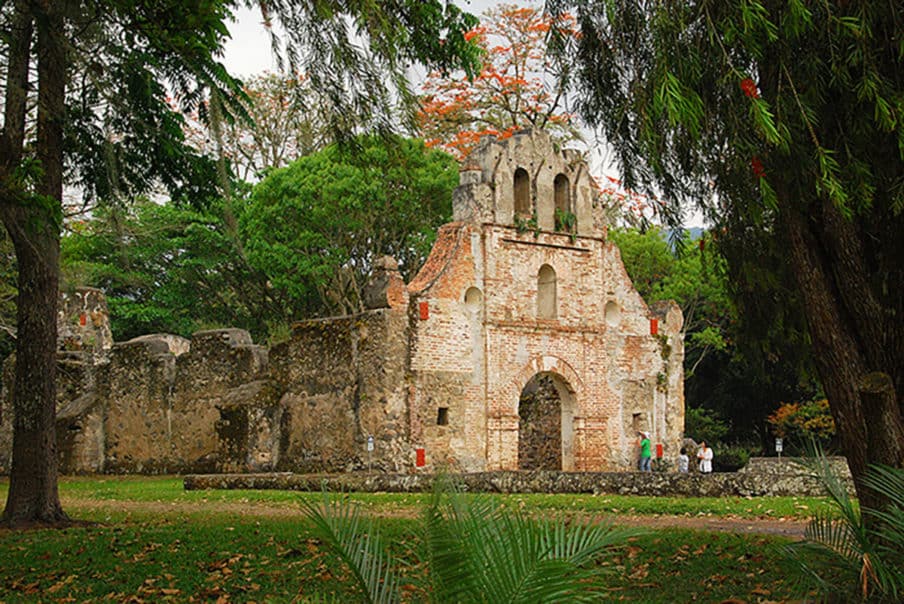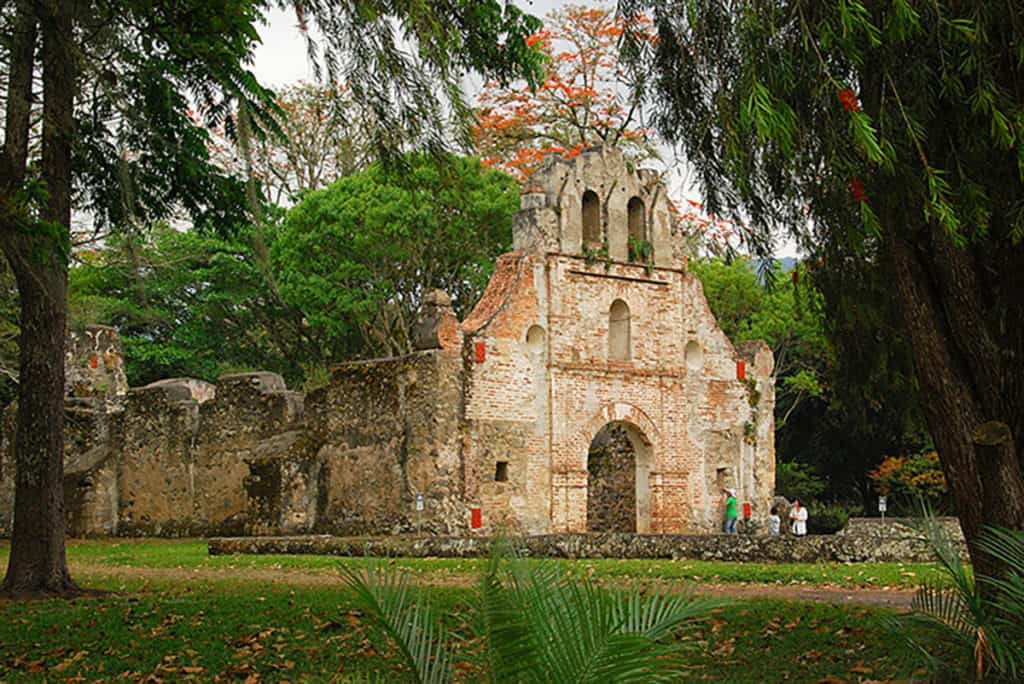
Costa Rica’s beaches, volcanoes, and rainforests steal the spotlight for most travelers, but its archaeological sites and ruins hold stories that are just as gripping. These places—spanning pre-Columbian cities, colonial churches, and haunting modern relics—reveal the lives, beliefs, and challenges of the people who came before. From the stone-paved streets of an ancient metropolis to a cursed church crumbling under earthquakes, each site offers a tangible connection to history.
Whether you’re a history buff or just looking for something beyond the usual tourist trail, these five spots deliver unforgettable experiences. Grab your hiking boots, a sense of adventure, and maybe a flashlight for those eerie corners. Here’s your guide to Costa Rica’s must-see archaeological treasures.
The 5 Best Archaeology Sites in Costa Rica
Costa Rica is a treasure trove of ancient history. Many different cultures lived here throughout the ages, including pre-Columbian civilizations like the Aztecs and the Maya.
As such, many of Costa Rica’s surviving ruins are from these ancient cultures, though they are not as well-preserved as the ones built by the Spanish, seeing as they tend to be much older. There are potentially even more ruins waiting to be discovered in Costa Rica’s dense rainforests. Here is a list of some of the 5 best Ruins and Archaeological sites to visit in Costa Rica.
1. Guayabo National Monument
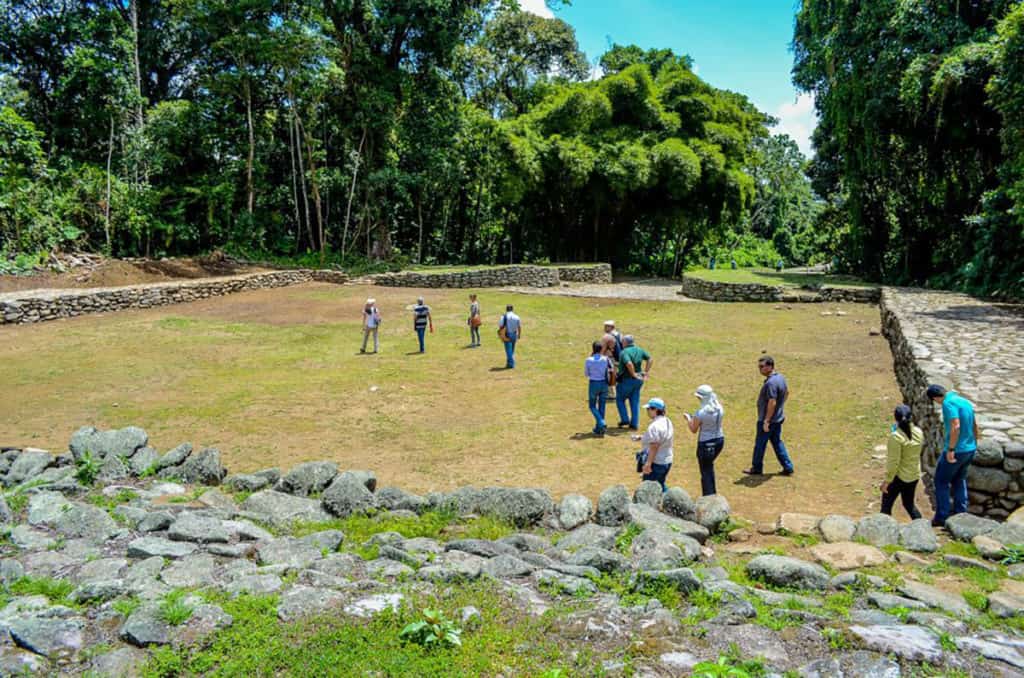
On the slopes of Turrialba Volcano, Guayabo National Monument is Costa Rica’s largest archaeological site, covering over 2 square kilometers. This pre-Columbian city, home to 10,000 people from 1000 BCE to 1400 CE, was a hub of politics, religion, and culture.
You’ll see stone-paved roads, circular house foundations, aqueducts, and petroglyphs carved with jaguars and lizards. Abandoned before the Spanish arrived, its downfall—possibly disease or war—remains a mystery. Only 10% of the site is excavated, and its rainforest setting teems with wildlife like toucans and sloths.
Walking through Guayabo feels like stepping into a lost world. The site’s stone structures, built by the Chibcha-related culture, include a sophisticated aqueduct system still functional today, channeling water from nearby streams. Archaeologists believe the city’s central mound, a massive circular platform, hosted ceremonies or elite residences.
Artifacts like jade pendants and pottery, now in San José’s National Museum, reveal a society skilled in trade and craftsmanship. Recent studies suggest Guayabo’s decline might tie to environmental shifts, like volcanic activity disrupting agriculture. For visitors, the rainforest trails offer chances to spot howler monkeys or colorful orchids, making it as much a nature hike as a history lesson.
Visit: 2 hours from San José, $10 entry. A guided tour ($15 for 1–3 people) is worth it. 4×4 recommended for the final 3 km.
2. Santiago Apostol Parish Ruins
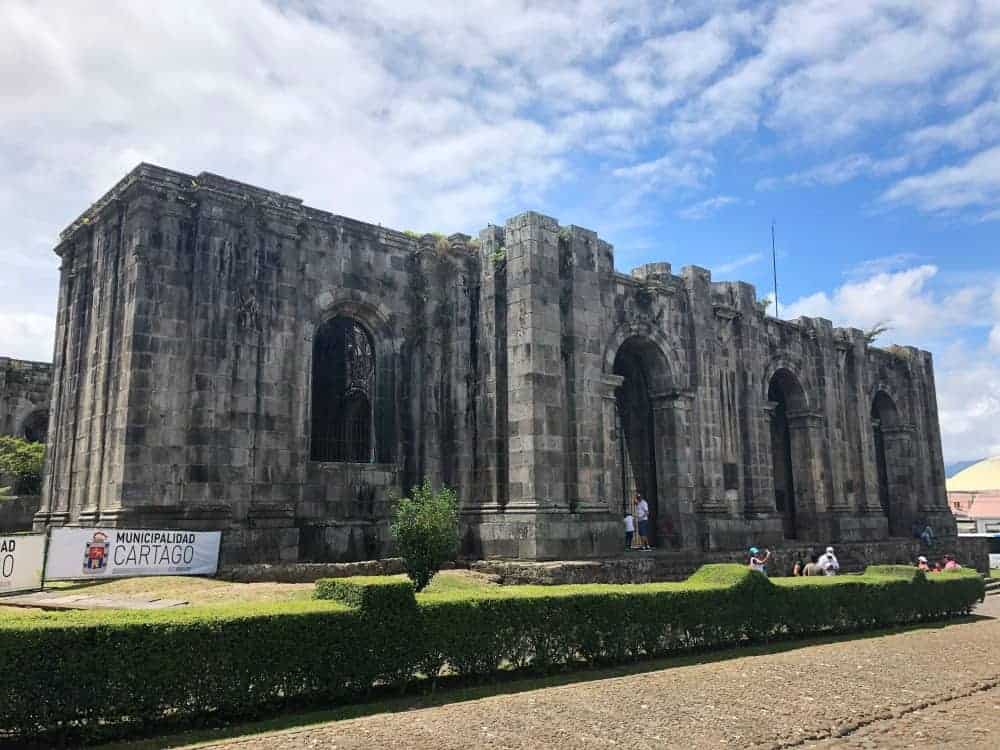
n Cartago, these ruins mark a church site dedicated to St. James the Apostle since 1575. Earthquakes repeatedly destroyed earlier buildings, and the current ruins are from an unfinished 1903–1910 construction, halted by the 1910 Santa Monica earthquake.
A local legend tells of a jealous priest who killed his brother over a woman and built a church as penance, only for earthquakes to curse it. On foggy nights, his ghost reportedly wanders the grounds. The surrounding park is a popular spot, and mass is held on special occasions.
The ruins’ weathered stone walls and arches stand as a testament to Cartago’s resilience against nature’s wrath. Each earthquake that struck—from 1630 to 1910—left scars, but the site’s history runs deeper than destruction. Colonial records show the church was a community anchor, hosting baptisms and festivals before its collapse.
Today, locals picnic in the surrounding park, and couples stroll the grounds, drawn by the romantic yet eerie vibe of the priest’s legend. For a deeper experience, visit during Cartago’s annual festivals, when the ruins come alive with music and storytelling, connecting past to present.
Visit: Central Cartago, free entry, great for a quick stop.
3. Ruins of Ujarras Church

In the Orosi Valley, the Ujarras Church ruins are Costa Rica’s oldest, built in the mid-1500s with limestone masonry. A Huetar fisherman found a Virgin Mary painting here, leading to the church’s construction. Locals believe the Virgin protected the village from a 1666 pirate attack and a 1833 flood, which forced residents to relocate to Paraiso.
The ruins, surrounded by manicured gardens, host an annual April mass.\
Beyond its spiritual lore, Ujarras Church reflects Costa Rica’s early colonial life. Its thick limestone walls, built by Spanish settlers and indigenous laborers, withstood centuries of humidity and floods.
The church once served as a mission hub, converting Huetar communities while blending their traditions with Catholicism. Excavations nearby uncovered pre-Columbian tools, hinting at the site’s older roots. Visitors can explore the ruins’ shaded gardens, where interpretive signs explain the architecture.
Pair a visit with a stop at the nearby Orosi Coffee Route to taste local brews and see how the valley’s history shapes its present.
Visit: 90 minutes from San José, free entry. Pair with Orosi Valley hot springs.
4. Duran Sanatorium Cartago
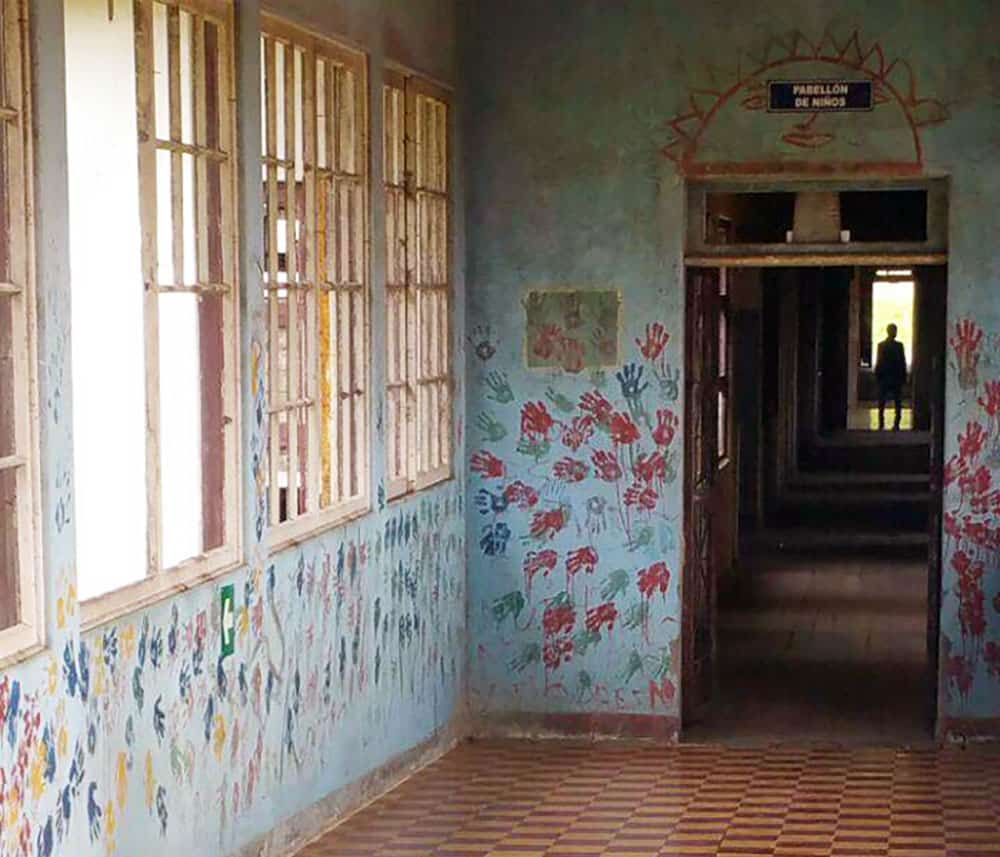
Near Cartago, this 1915 sanatorium treated tuberculosis patients and later housed the mentally ill, orphans, and prisoners. Abandoned after the 1973 Irazu Volcano eruption, it’s now Costa Rica’s most haunted site. Visitors report seeing apparitions, including a girl thought to be Dr. Carlos Duran’s daughter, who died there. Declared a National Heritage site in 2014, plans are underway to restore a building for a cafeteria.
The sanatorium’s crumbling halls, overgrown with vines, tell a story of medical hardship and human struggle. In its heyday, patients endured isolation in the misty mountains, with tuberculosis claiming many lives. The building’s later roles as an orphanage and prison added layers of grim history, with stories of harsh conditions etched into its graffiti-covered walls.
Paranormal enthusiasts flock here, armed with cameras, hoping to capture the ghostly nun or Dr. Duran’s daughter. Recent restoration talks aim to preserve the site’s eerie charm while adding visitor amenities, so check local updates before planning a trip.
Visit: 20 minutes from Cartago, free but rundown. Best as part of an Irazu Volcano trip.
5. Stone Spheres of Diquis (Finca 6)
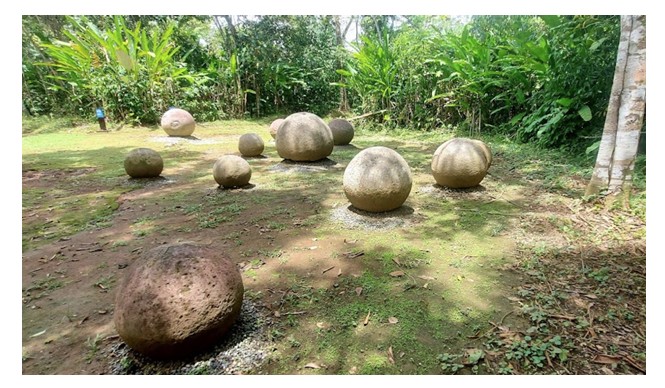
In Palmar Sur, Puntarenas, these mysterious pre-Columbian stone spheres (300–1500 CE) are a UNESCO World Heritage Site. Ranging from small to over 2 meters wide, their perfect roundness and unknown purpose—possibly ceremonial—fascinate visitors. Created by the Diquis culture, they’re displayed in situ at Finca 6.
The stone spheres, scattered across Finca 6’s open fields, captivate with their precision and mystery. Crafted by the Diquis culture using granite tools, some spheres took years to perfect, suggesting deep cultural significance.
Archaeologists link them to social hierarchy, possibly marking chiefs’ territories or ceremonial sites. Many spheres were looted or moved in the 20th century, but Finca 6 preserves them in their original context. The on-site museum explains their creation and displays smaller artifacts like pottery. A visit here pairs well with a boat tour through the nearby Sierpe mangroves, blending history with adventure.
Visit: 5 hours from San José, $6 entry. Combine with Sierpe mangrove tours.
Final Thoughts
Costa Rica’s archaeological sites and ruins offer more than just a peek into the past—they’re a chance to connect with the stories, struggles, and ingenuity of the people who shaped this land. Whether you’re hiking through Guayabo’s rainforest trails, feeling the eerie quiet of Duran Sanatorium, or marveling at the Diquis spheres’ perfection, each site brings history to life in its own way.
Pack comfortable shoes, a sense of curiosity, and maybe a camera for those ghostly encounters. These spots are less crowded than the beaches, so you’ll have plenty of space to soak in the experience. Plan your visit, and let Costa Rica’s ancient and not-so-ancient past surprise you.

